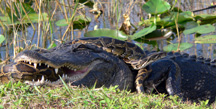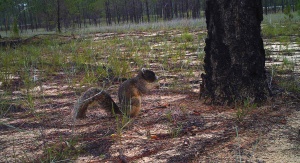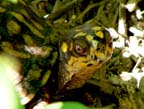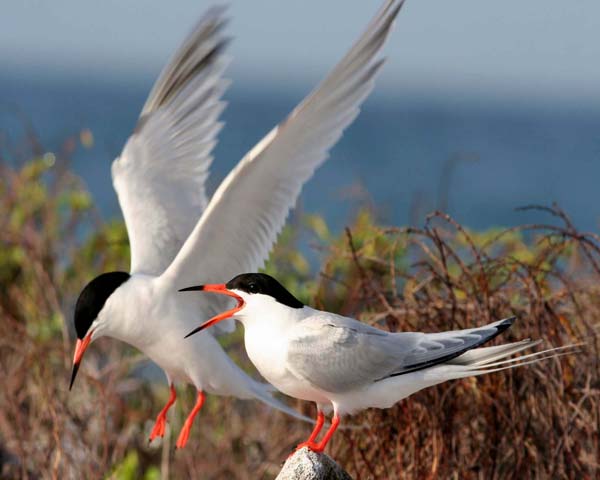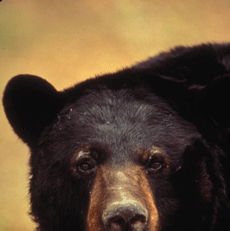“The US Fish and Wildlife Service has finalized a rule that would ban the importation and interstate transportation of four nonnative constrictor snake species,” a press release from the US Fish and Wildlife Service announced today. The four snake species are: the Burmese python, the yellow anaconda, and the northern and southern African pythons.
The four species of snakes are listed as “injurious species” under the Lacey Act.
The press release notes: “The Burmese python has established breeding populations in South Florida, including the Everglades, that have caused significant damage to wildlife and that continue to pose a great risk to many native species, including threatened and endangered species. Burmese pythons on North Key Largo have killed and eaten highly endangered Key Largo wood rats, and other pythons preyed on endangered wood storks.”
Burmese pythons eat alligators. ‘Nuff said?
Florida’s congressional representatives have wanted the ban for years, says an article from the McClatchy news syndicate. A powerful pet snake lobby has stood in the way, the article says. Who would have thought that a story about nonnative snakes would require “following the money”?
Read the entire article — which includes a lovely graphic — here.
The US Fish and Wildlife Service release says that the ban of five more big, nonnative snake species is on the horizon. Read the entire press release here.
The service also gets in on “following the money.” Its handout on the cost of large constrictor snakes is here.
Photo: A Burmese python and an American alligator duke it out in the Everglades. Photo by Lori Oberhofer, courtesy National Park Service

